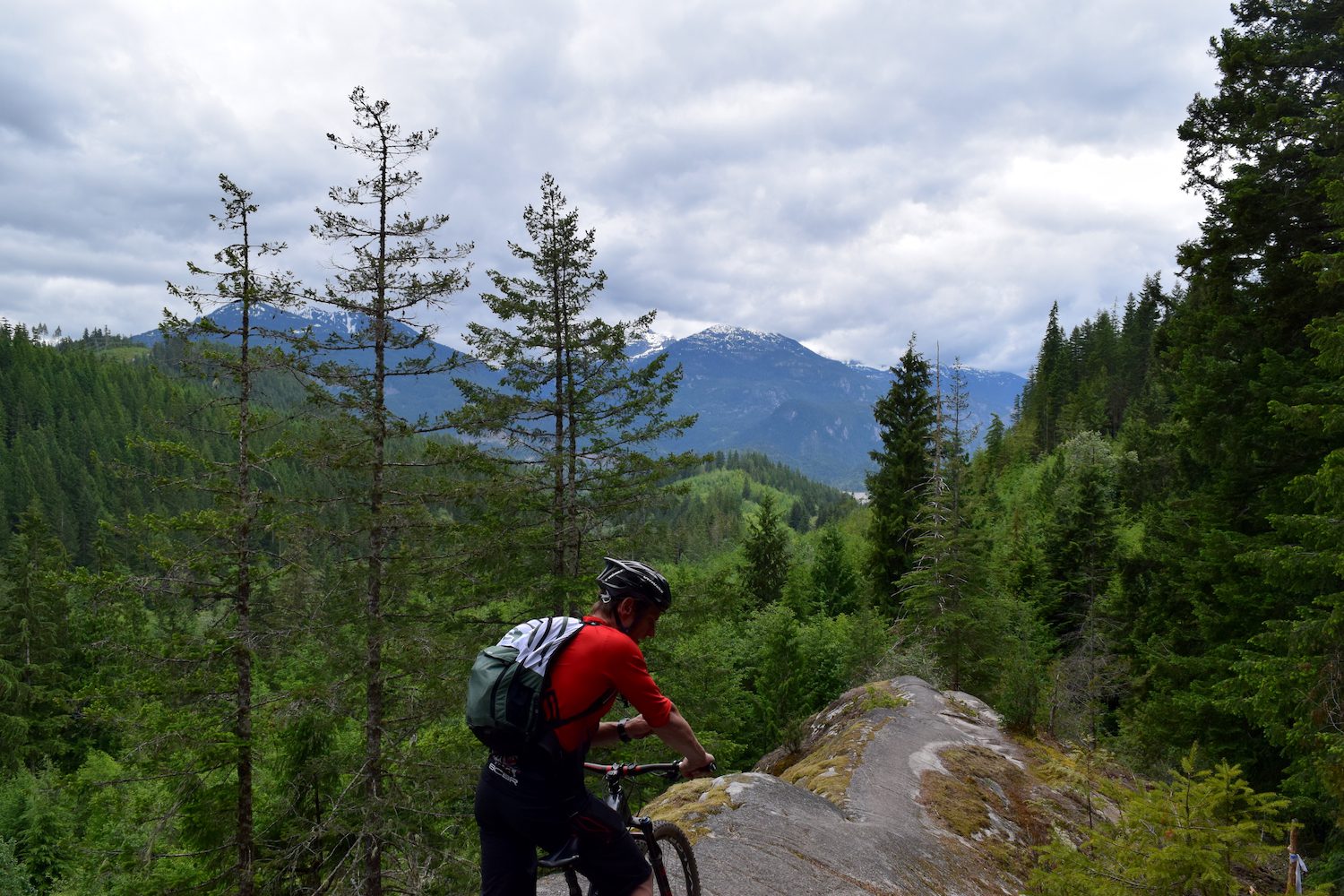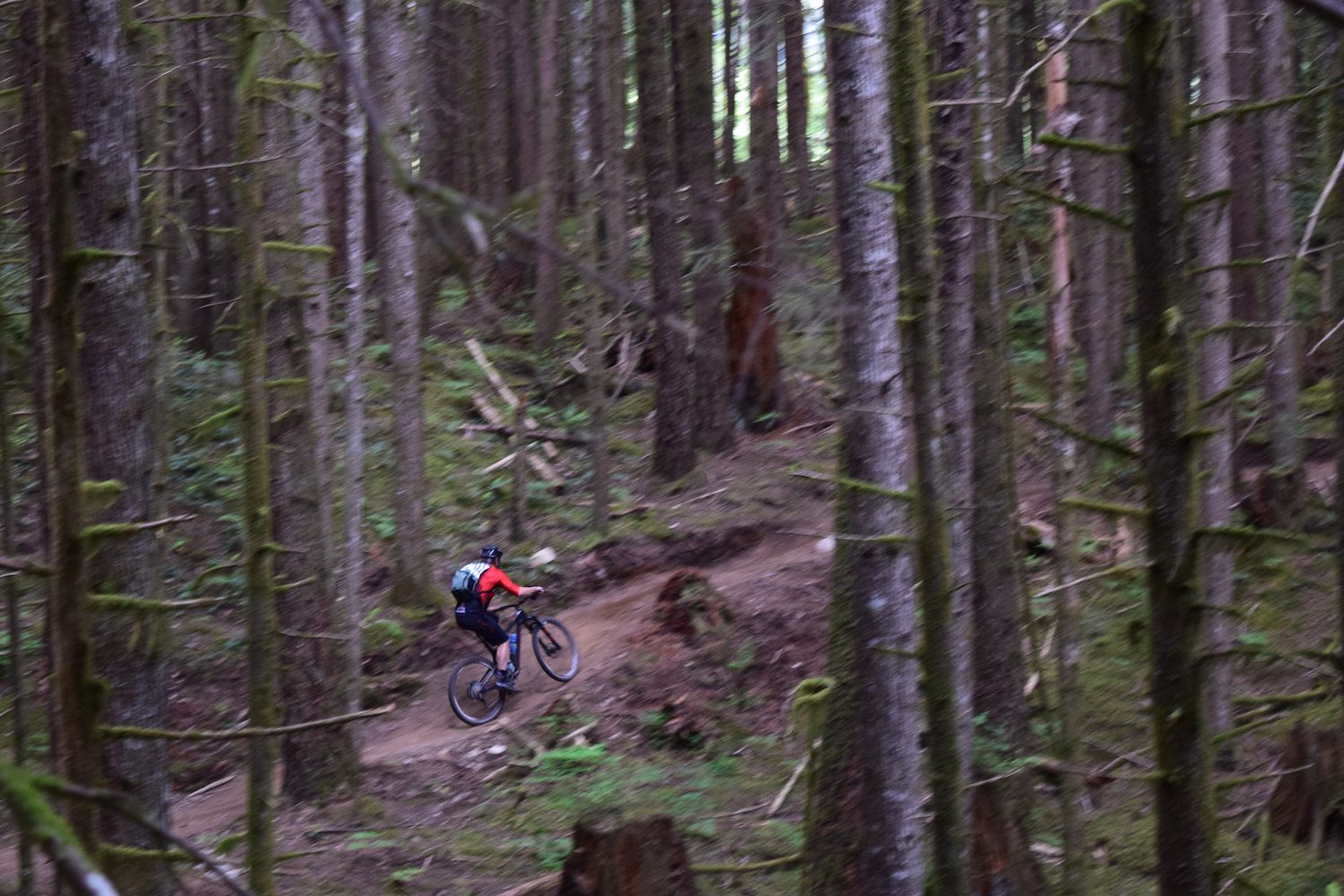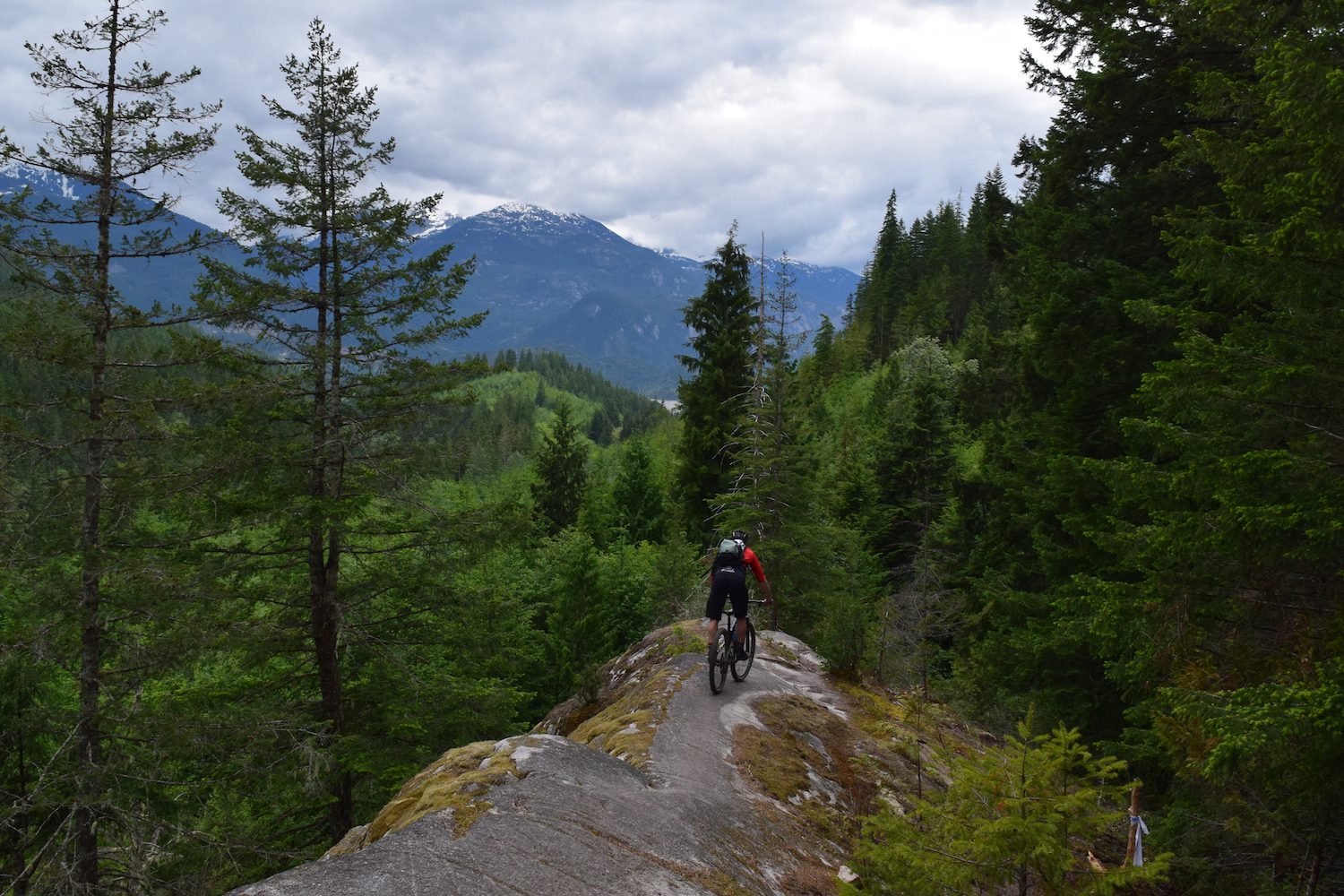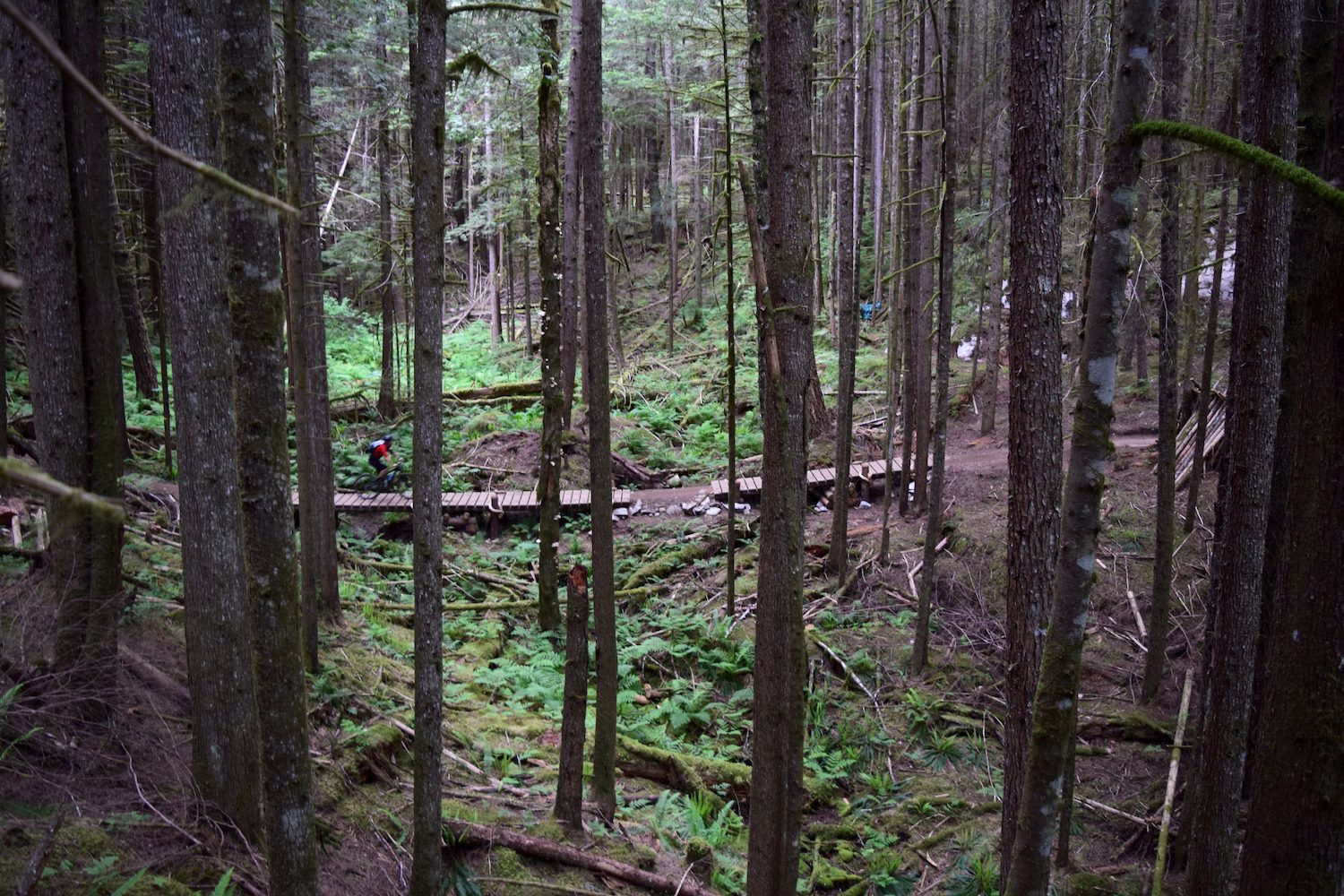Race profile: Squamish’s Sp’akw’us 50 XCM
The new race on the scene is working hard to fill Test of Metal's shoes on the Squamish race scene

Test of Metal ran for 21 years and, by the time the last racer crossed the finish line of the final Test in 2016, was an institution in the west coast cross country scene. As many as 800 riders would show up to try tackle the 67 km route that covered 1, 200 m of elevation gain and counted Olympins like Alison Sydor, Catharine Pendrel, Geoff Kabush and Max Plaxton among it’s more notable winners.
While people were sad to see the Test go, the other question on many riders minds was, “what comes next?” The Test series of events had grown to four cross country marathons, and its disappearance left a massive hole in the regional cross country racing scene.
Dwayne Kress, who had been part of the Test as the organizer of Just Another Bike Race (JABR) XCM in August, decided to take on the challenge, and Sp’akw’us was born.
12 months after the final Test of Metal, the inaugural Sp’akw’us 50 hit Squamish’s trails, and was the provincial cross country marathon course of B.C. This year, the event has expanded to a two day pair of events. Racers can choose the full 50km distance on Saturday, a shorter 30km race on Sunday, or take on both events as a sort of mini-stage race.
Kress took me on a mini-tour of some of the trails that will be used in the Sp’akw’us events, Leave of Absence, 50 Shades of Green, Border Patrol and Entrails, to talk about stepping into Test of Metals sizeable shoes, putting together Sp’aka’wus, and his plans for the race’s future.
Kress organized JABR for seven years before the Test series stopped, including one year as Canadian national marathon championships in 2014. When I ask him if there was any doubts about taking over where Test left off, though, he says its did make him nervous. When I ask him if he ever thought starting a new race without the Test of Metal name might not work, he’s quick to answer, “No.” Then continues, “But I was surprised by how quickly it scaled up.”
“I had originally selected Quest University as the starting point, expecting 300 riders to show up.” Even with a competing event drawing potential racers away from his race, Sp’akw’us had no trouble hitting that number, and the race start moved to a different venue.
There were challenges along the way though, negotiating with different land owners and user groups to work with. “Having to create everything new was the hardest,” Kress says “Not being able to go back to the same well of volunteers” that Test had built up and not having the Test name, or Cliff Miller, Test’s long time organizer, overseeing as an experienced safety net, as Kress had with JABR, made the experience different, too.
Kress is far from on his own, though. As we work our way back towards the Sp’akw’us start finish area, we pass Christian Jones hard at work fixing a problematic corner so racers have a smooth ride in the final kilomtres. Jones is a well known force in the local trail building community, and he, Kress, and others have put in hours and hours of work to make sure everything’s ready for when racers arrive.

This trail work is part of Kress’s vision for Sp’akw’us’ future. There’s no plans to expand beyond the current two-day format, which Kress says intended to help riders looking to practice for doing a stage race, like BCBR – which also happens to pass through Squamish every year. As we’re riding, Kress points out several spots where he’s planed, or actually started building trails to make the Sp’akw’us course better in the future. “Better,” in Squamish, usually means less logging road. There’s zero pavement on the course, and there’s already a high percentage of trails versus logging roads, but with Kress’s planned additions, there will be far more trail than road. Which, of course, will benefit Squamish riders year round.
And the community is definitely where Kress’s focus lies. He’s lived in Squamish for 15 years now and, after years of high level racing while living across the Salish Sea in Victoria, his new hometown re-ignited his love for riding. Sp’akw’us has been designed to be the best experience for the vast majority of racers who won’t be at the front five, instead of courting the top-level athletes. “Good competition comes because the numbers are there,” Kress says, versus going after elite racers and hoping everyone else follows. With that focus, with Kress’s obvious passion, Sp’akw’us seems well on it’s way to picking up where Test of Metal left off.



